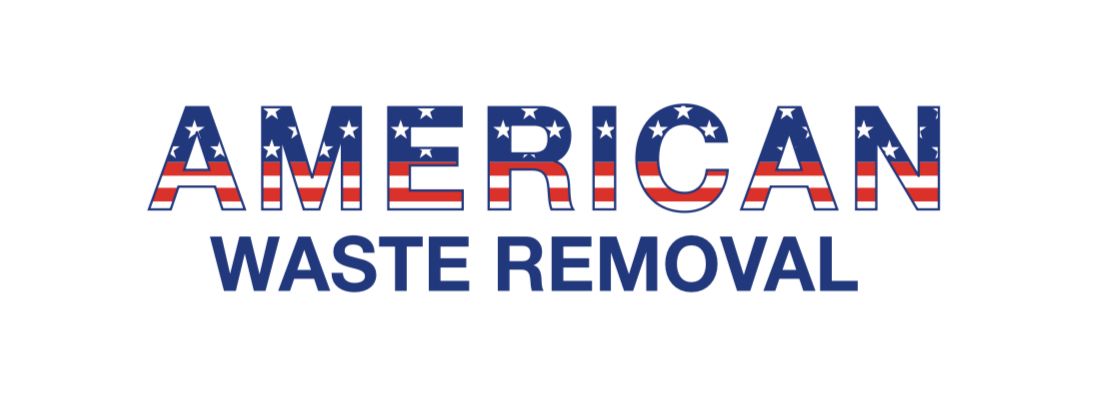Your Grease is Our Business!
How Grease Traps Work and Why Cleaning Matters
A grease trap (or grease interceptor) is a device installed in your plumbing system that prevents fats, oils, and grease (FOG) from entering the sewer lines. In commercial kitchens and food service operations, a grease trap is essential to keeping your plumbing system clean and compliant.
How a Grease Trap Works
As wastewater from sinks and dishwashers flows through the trap:
- Grease and oils naturally float to the top
- Solid food particles settle to the bottom
- Cleaner water exits through the outlet line into the sewer system
The grease trap holds the grease — it does not remove it. Over time, the grease and solids accumulate and reduce the trap’s capacity, which is why routine pumping and cleaning are required.
Why Regular Cleaning Is Important
✅ Prevents Clogs & Backups
If the trap becomes full, grease will begin to flow into the drain lines, causing
slow drains, pipe blockages, and costly emergency repairs.
✅ Controls Odors
Built-up grease breaks down and produces strong, unpleasant smells. Cleaning keeps your kitchen
sanitary and odor-free.
✅ Required for Code Compliance
Local health and environmental agencies require routine maintenance. Staying up to code helps your business
avoid fines, failed inspections, and shutdowns.
✅ Protects Your Business
Regular maintenance ensures smooth operation, prevents downtime, and protects your plumbing system and equipment.
Recommended Cleaning Frequency
Most commercial grease traps should be serviced every 1–6 months, depending on:
- Kitchen size
- Volume of cooking
- Type of food prepared
- Local municipal requirements
We can help you determine the right service schedule to keep your system efficient, safe, and compliant.
Get a free quote
Contact Us

Grease Trap Service Set Up
Call us now to set up a preventive maintenance schedule!
Call us for emergency service! We are ON CALL 24/7


